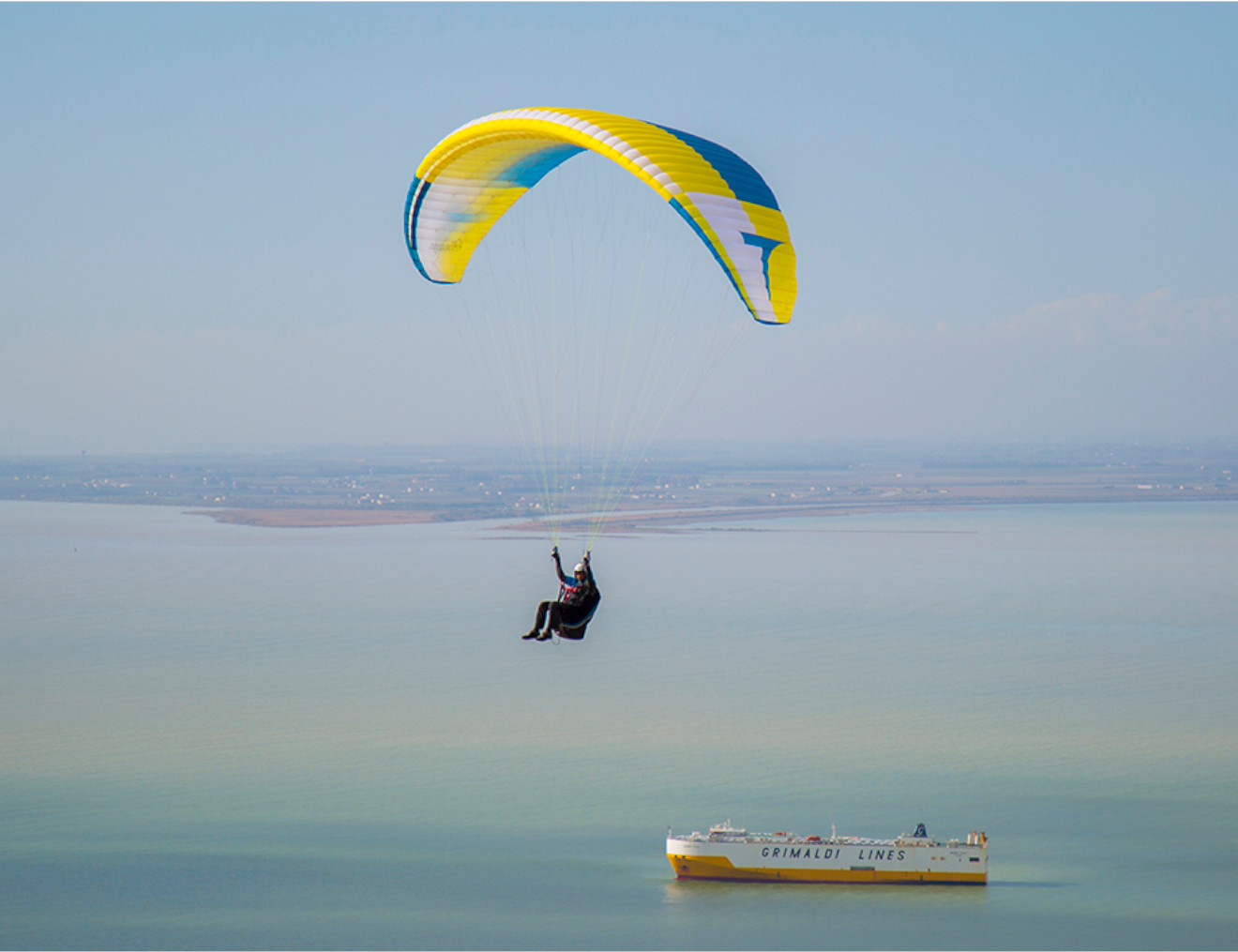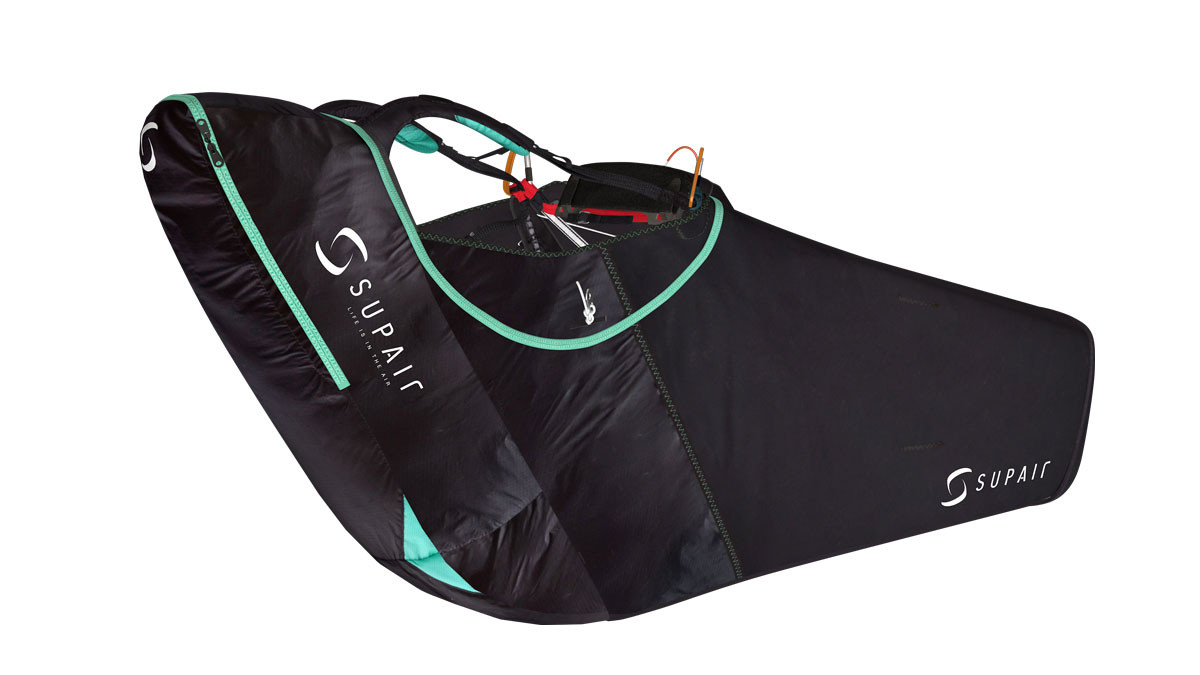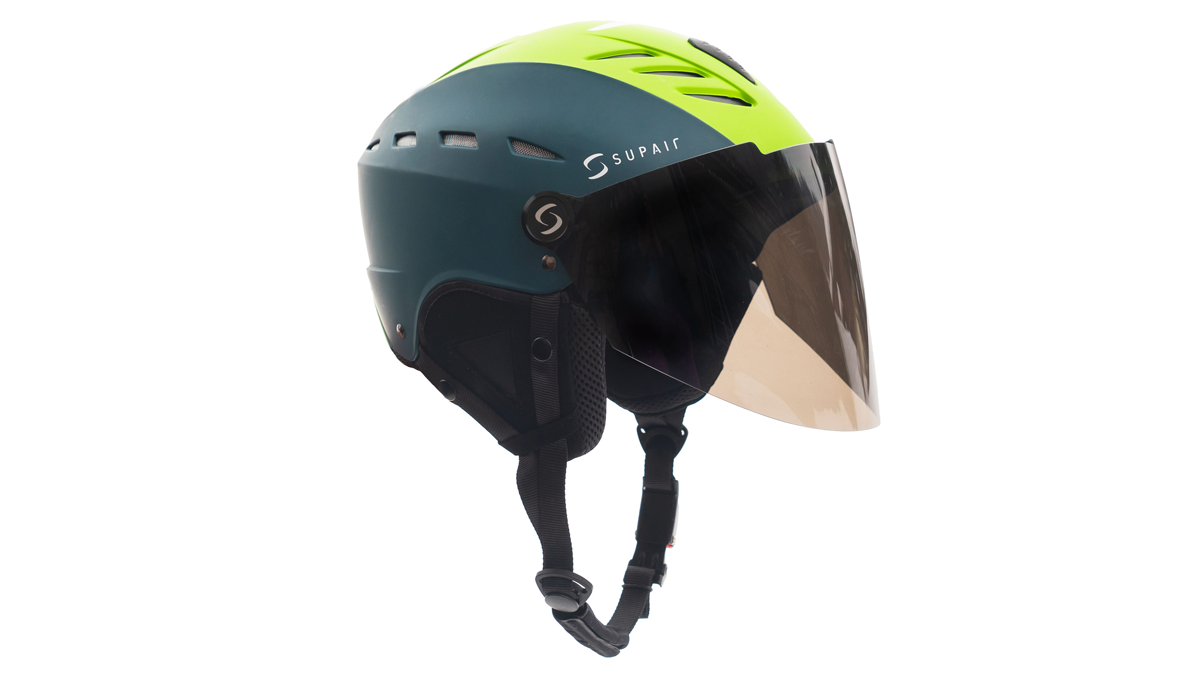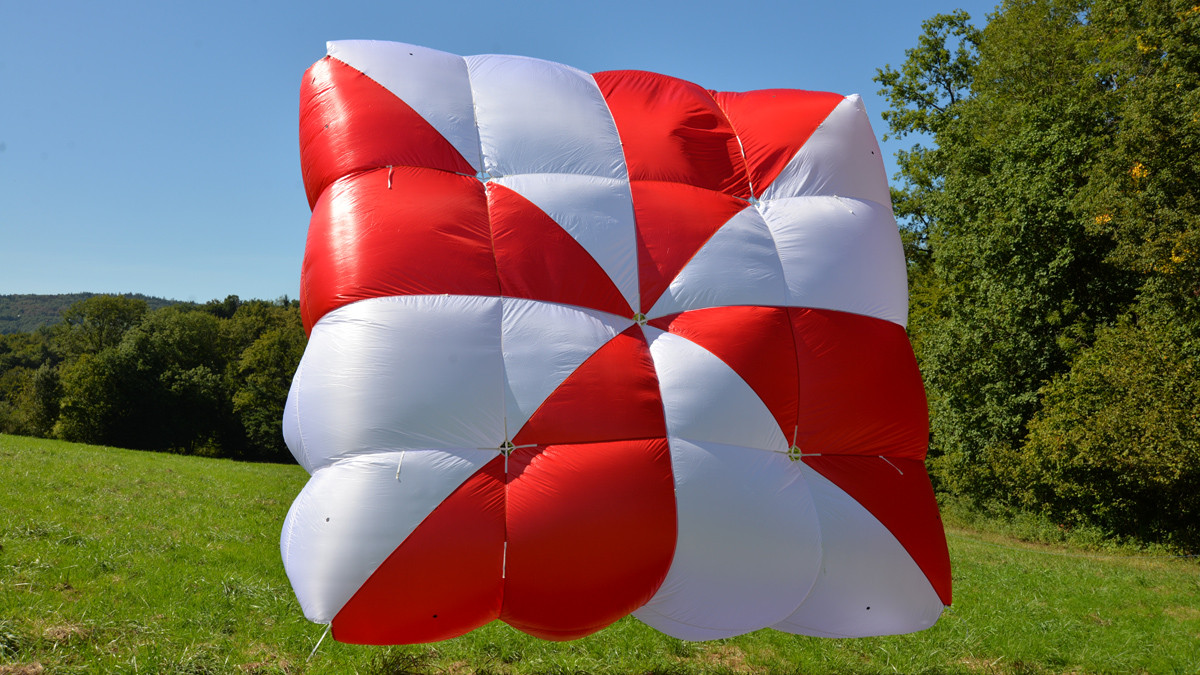Ziad Bassil Dustoftheuniverse ya probo #Knight!

Ziad Bassil Dustoftheuniverse ya probo #Knight!
Ziad Bassil posteo recientemente en su Facebook lo que vio al probar la nueva Knight, y nos lanzamos a traducirlo para que puedas conocer un poco mas la Knigh. Esperamos que te guste.
Triple Siete Knight ( Y de Armadura Brillante)
Y el Knight (Caballero) llego ...
Bocas con su sistema de posicionamiento posterior (nariz de tiburón), y de alargamiento de 5.4 y 3.8 proyectado.
Si coges solamente los coordinos y los bandas, puedes pensar que tienes en tus manos la King. Coordinos sin fundas en la ultima línea y tradicionales en la parte inferior con exactamente la misma anchura! Algo Impresionante.
Triple Seven deja mensajes claros, a primera vista, el rendimiento es "uno" de los objetivo importantes.
La construcción en general de la Knight (caballero) es súper limpia.
Volé la Knight (caballero) SM en 93Km casi en el máximo y en un cierto aire turbulento con las condiciones fuertes en nuestra zona de los cedros.
Lanzar al aire a la Knight (caballero) es suave y súper fácil. Con viento fuerte, solo hace falta un toque en los frenos cuando está por encima de la cabeza del piloto para controlar el cabeceo.
En el aire, los movimientos generales la Knight (caballero) tanto con aire tranquilo o fuerte son súper finos y muy bien coordinados!
Se siente exactamente como esta EN B baja te trasmite la sensación de amortiguación con con un extra que permiten al piloto que sienta cada movimiento del aire de manera suave y muy precisa!
No sentí en ningún momento estar 'aburrido' cosa que se suelo sentir por lo general en los planeadores EN B bajos. En su lugar, la Knight (caballero) ofrece una sensación muy cómoda, no importa lo difícil que estén las condiciones, este pequeño toque de magia informa al piloto sobre lo que pasa en el aire de una manera súper suave!
Ahora mi parte favorita.
La Knight (caballero) puede ser pilotada con pequeñas correcciones en los frenos. Puedo describir que la sensación en los frenos es moderada a corta, lineal, precisa, directa, ágil, ¡Y me encanta!
Para una EN B baja la Knight (caballero) tiene el 'sueño de pilotaje', mas aun girando las térmicas con lo que es un verdadero placer.
Podría controlar el radio de giro con pequeñas correcciones del freno. Giros cerrados o giros abiertos, para la Knight (caballero) es lo mismo ya su giro es muy eficientes. Puedes girar con la vela muy plana para optimizar la subida en las térmicas suaves.
La Knight (caballero) tiene mucho mejor agilidad y mandos mas directos que la Rook2 por ejemplo.
Tratar de poner en perdida a la Knight (caballero) es difícil, hasta con las manos por debajo del asiento y seguía con mucha presión. Es realmente difícil alcanzar el punto de perdida.
Eficiencia es una palabra importante en el mundo del parapente. La creación de velas eficientes en sus respectivas categorías es la parte más difícil.
La Knight (caballero) corta la masa de aire sin ningún cabeceo hacia delante o atrás. Simplemente corta el aire de la forma mas pacífica y eficiente, como cualquier buen planeador B debería hacerlo. No sentía en ningún momento que me estaban empujando o golpeando en el aire, si no lo contrario, que con la Knight (caballero) estaba dando un suave paseo por el aire.
La tasa de escalada de la Knight (caballero) está a la par de las mejores EN B's disponibles hoy!
El rendimiento global del planeo es justo por encima de la categoría EN B baja, y podría llegar a algunas EN B alta con facilidad. La Rook 2 aun tiene una velocidad superior.
La diferencia entre la Tequila 4 que me gustó, y la Knight (caballero) es el confort extra y la suavidad en vuelo que entrega con mandos directos, sin la zambullida de turno.
El acelerador es fácil de usar con una presión moderada.
La Knight (caballero) SM tiene un recorrido del acelerador largo, y cuando las poleas se superponen, pude volar a 12 km/h sobre la velocidad de planeo tomado en 2800 ASL.
El acelerador, +8 km/h sobre el trim se puede utilizar en todas las condiciones.
Las orejas son estables y vuelven a abrirse con la acción del piloto. Son eficientes en con buena tasa decente.
Las plegadas asimétricas son fáciles de mantener y reabren rápidamente. Frontal al 100% provocada hace una "roseta", pero una pequeña acción en los frenos abre rápida como un rayo.
Conclusión: En mi opinión, Triple Seven ha creado una 'obra maestra' para la categoría B baja. El impresionante cóctel de ascenso, deslizamiento, manejo, confort, facilidad de uso, sensibilidad en los frenos, la eficiencia, todo esto que es muy raro encontrar en una vela EN B baja en el mercado hoy.
Las palabras escritas en papal, siguen siendo palabras, pero estoy seguro de que la 'prueba de vuelo' les despertará unas gran experiencia ;-)
Post original ( https://www.facebook.com/Dustoftheuniverse/posts/1825609400788667 )
Autor: Ziad Bassil Dustoftheuniverse
Version Original en ingles
Triple Seven Knight ( And shining Armour)
And the Knight came…
Back positioning system (Shark nose) , 5.4 aspect ratio, 3.8 AR projected. If you hold and look only at the lines and risers, you think you are on the 777 King. Unsheathed lines on top and regular on the lower part with exactly the same width! Impressive.
Triple seven messages are clear…at first sight, performance is ‘one’ important target.
The overall construction of the knight is super neat.
I flew the Knight SM at 93 all up in some turbulent air and strong conditions in our Cedars range.
Launching the Knight in nil wind is smooth and super easy. In strong wind, a dab on the brakes when the knight is above the pilot’s head will be better to control it overhead.
In the air, the Knight overall movements in pitch and roll weather in moderate or strong air, are super smooth and very well coordinated! It feels exactly like a low B in dampening feel with this exquisite little spice, which let the pilot, feels every movement of the air smoothly and very accurately!
I didn’t feel at any time that ‘dull’ feel found usually on the low B gliders…Instead the Knight delivers a very comfortable feel no matter how rough conditions are, with this little touch of magic, that informs the pilot about what’s going on in the air in a super smooth way!
Now my favorite part.
The Knight can be steered by a small amount on the brakes. I can describe the authority on the brakes as moderate to short, linear, precise, direct, agile…And I LOVE it! For a low B the Knight has the ‘dream handling’ Thermalling with the Knight is a real pleasure…I could control the turning radius by little precise brake inputs. Tight turns or large turns without that ‘common dive’ usually found on the low B’s. The turning radius on the Knight is very efficient. Flat turns can be made to optimize the climb in weak thermals. The knight has much better agility and more brake authority than the Rook 2 for example.
Trying to stall the Knight is difficult with hands lower than the seat board and lots of pressure. It’s really difficult to reach the stalling point.
Efficiency in an important word in the paragliding world. Creating efficient gliders in their respective categories is the most difficult part. The Knight cuts through the air-mass without any pitch back, or even a pitch forward. It just cut through peacefully, efficiently, like any good B glider would do. I didn’t feel at any time that I was being pushed away or bumping into the air-mass. The Knight was delivering a smooth efficient ride through the air.
The knight climb rate is on par with the best B’s available today, even the higher rated ones!
The overall glide performance is right on top of the low B category, and could reach some higher rated B glider easily.
The Rook 2 has the edge in the top speed glide.
The difference between the Tequila 4 that I liked, and the Knight is the extra comfort and smoothness in flight the Knight delivers with very close authority on the brakes, without the dive in turns.
The speed bar is easy to use with moderate pressure. The knight SM has a long speed bar travel, and when the pulleys are overlapping, I could see a 12 km/h over trim taken at 2800 ASL.
At bar, +8 km/h over trim is usable in all conditions.
Big ears are stable and reopen by the pilot input. They are efficient in descent rate.
Induced asymmetric are easy to maintain and reopen quickly. Full induced frontal makes a ‘rosette’ but a little dab on the brakes and it opens as fast as lightning.
Conclusion: IMHO, Triple Seven has created a ‘master piece’ for the low B category. The impressive cocktail of climb, glide, handling, comfort, ease of use, authority on the brakes, efficiency, is very rare to be found on a low B glider on the market today.
Written words on papers remain sleeping words…But I'm sure that the experience in ‘test flying’ the Knight will wake you up ;-)




Comentarios
Pon tu comentario